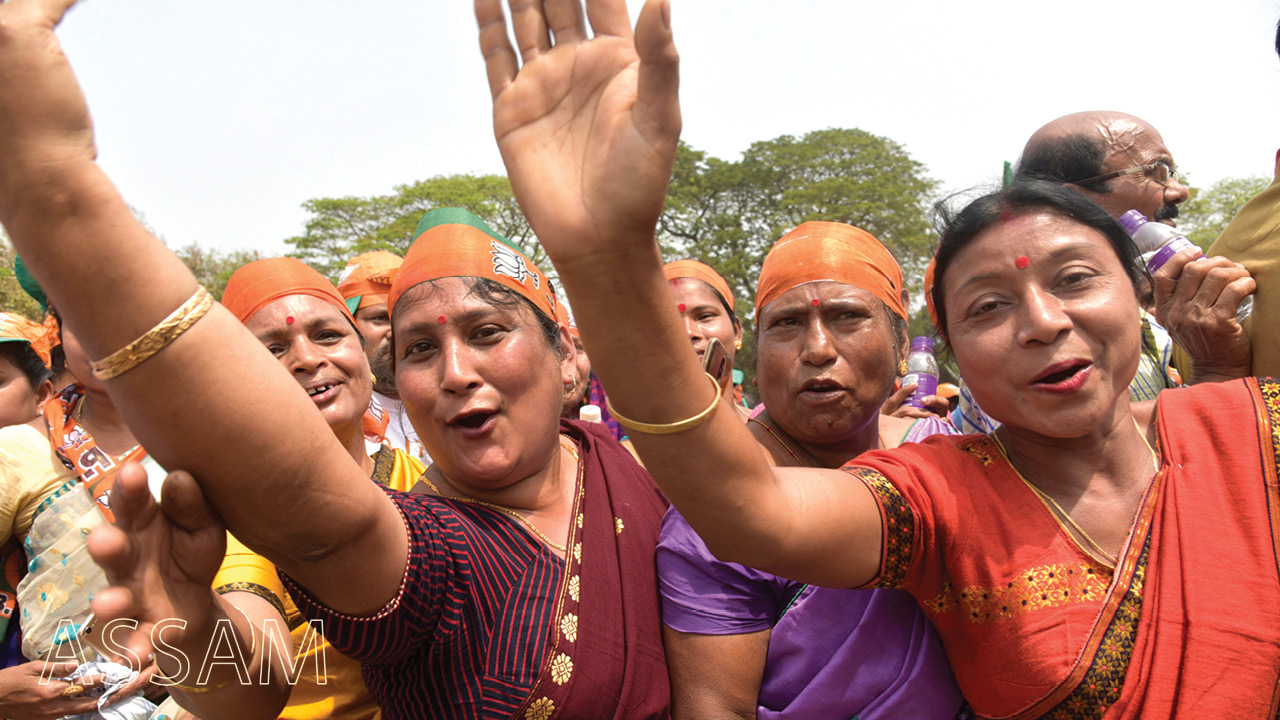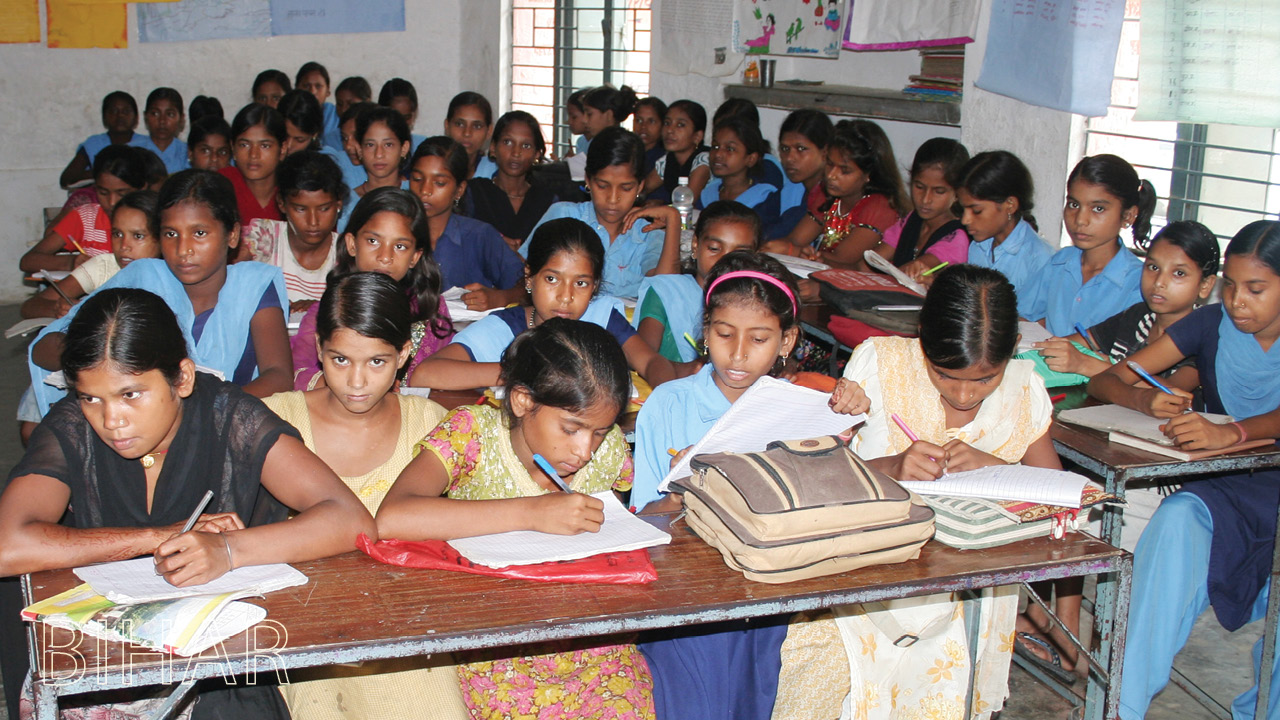Assam’s development trajectory in the SKOCH State of Governance Index 2024 places it at #18 nationally, indicating a moderate position among Indian states. This represents a drop from #14 in 2023 and reflects ongoing structural and fiscal challenges. While the state has seen marked improvements in rural development and women & child welfare, its overall governance performance remains constrained by weak urban governance and limited fiscal flexibility. In terms of composite performance across the six indices—State of Governance, State of e-Government Infrastructure Index, State of Financial Prudence Index, State of Government Transformation, State of Government Efficiency Index and State of Development—Assam’s performance presents a mixed picture. Strong grassroots programmes in rural development contrast with low scores in digital infrastructure and fiscal sustainability. Compared to peer states like Odisha, Chhattisgarh, and Madhya Pradesh, which have similar development contexts, Assam underperforms in areas such as the e-Government Infrastructure Index (ranked 28th) and the State of Financial Prudence Index (ranked 14th), which limits its capacity to scale innovative programmes efficiently.
Looking specifically at the State of Governance rankings over the past decade, Assam has fluctuated significantly. From a low of #23 in 2020, the state surged to the top 10 in 2021 (#9) and then declined again to #17 and #18 in subsequent years. This volatility suggests that while Assam is capable of high-impact governance interventions, institutional consistency and wider implementation across districts remain critical issues. The 2024 report attributes the drop in ranking to a limited number of high-impact projects and weaker municipal governance structures. A more extensive engagement at the district and urban levels is essential for sustained progress.
The SKOCH State of Government Transformation Index captures Assam’s ability to design and implement large-scale governance reforms with institutional depth. Assam ranks relatively low on this index, suggesting that while project-specific performance exists, it is not embedded into long-term institutional mechanisms or replicable models. Similarly, the SKOCH State of Government Efficiency Index, which measures how well states convert fiscal and administrative inputs into development outcomes, places Assam at #22—highlighting the need for better fiscal planning, improved project delivery, and tighter administrative coordination.
Notably, Assam has made commendable progress in select sectors. Rural Development ranks #2 nationally, underscoring effective implementation of rural infrastructure and employment programmes. Women & Child Development also holds the #2 position, supported by initiatives like POSHAN SHIBIR, which demonstrated tangible health and nutrition improvements. The state also improved in Ease-of-Doing Business, Transport, and Agriculture, making them comeback sectors in 2024. These sectoral gains highlight Assam’s commitment to economic inclusion and service delivery. However, persistent weaknesses in Municipal Governance, Urban Development, and Revenue Mobilisation prevent these gains from translating into higher overall rankings.
A major impediment to Assam’s governance effectiveness is its fiscal health. As per the NITI Aayog Fiscal Health Index 2025, Assam struggles with low own-tax revenue, overdependence on central transfers, and weak debt sustainability. The SKOCH Financial Prudence Index reflects this through a middling score that places Assam behind its eastern competitors. While Assam has implemented direct benefit transfers and financial inclusion schemes like the Social Assistance Programme with notable efficiency, its limited revenue base restricts its ability to invest in capital-intensive reforms. Enhancing tax compliance, expanding non-tax revenues, and strengthening fiscal discipline will be vital to improve Assam’s developmental capacity.

Despite these constraints, Assam has rolled out impactful governance projects that showcase its potential for inclusive growth. The Ease-of-Doing Business initiative, supported by the Single Window Clearance System, has made regulatory approvals faster and more transparent, benefiting over 2.4 million businesses. The POSHAN SHIBIR project, implemented in Jorhat, has reduced Moderate Acute Malnutrition cases by over 63%, integrating health, nutrition, and social welfare. The CMAAA Entrepreneurship Initiative has created over 78,000 self-employment opportunities, showing promise in tackling youth unemployment. Electric Buses & Allied Infrastructure have modernised public transport, while the Social Assistance Programme under NSAP ensures timely support to over 22 lakh vulnerable citizens.
For Assam to regain a top-10 position and compete more effectively with states like Odisha and Madhya Pradesh, a multi-pronged approach is necessary. First, it must increase the scale and scope of high-impact projects, particularly at the municipal and district levels. Second, digital transformation must be accelerated through improved e-Government Infrastructure Index and service delivery platforms. Third, structural reforms in fiscal management and urban administration are needed to improve institutional efficiency. Lastly, leveraging its sectoral strengths—such as rural development, transport, and women & child welfare—can help Assam craft a governance model that is both inclusive and future-ready. With a strategic focus on systemic reforms and execution-driven leadership, Assam can position itself as a high-performing governance state in the coming years.
Similarly, the SKOCH State of Government Efficiency Index, which is computed by combining the governance score with the financial score, reflects Arunachal’s dual deficiency in both execution and financial prudence. Unlike states such as Odisha and Andhra Pradesh that perform well on both counts and thereby achieve high efficiency scores, Arunachal’s fragmented project delivery and low fiscal efficiency drag down its overall performance. It scores poorly on parameters like capital outlay to GSDP ratio, pendency of budgeted funds, and timely service delivery—all of which are integral to the index’s construction.
The SKOCH State of Development Index, which is the culmination of Governance, e-Governance, and Finance indices, is perhaps the most holistic barometer of long-term growth. Arunachal Pradesh ranks at the very bottom (rank #27) on this index. The low composite score reflects not only current inefficiencies but also an absence of a systemic roadmap for inclusive development. In contrast, even relatively constrained states like Chhattisgarh and Jharkhand fare better due to greater institutional responsiveness and broader engagement with local governance reforms.
What’s particularly important is the comparison with Assam—a geographically proximate and socio-economically similar state—which has demonstrated that developmental strides are possible through project-driven governance. Assam’s performance in Rural Development (#2), Women & Child Development (#2), and Ease of Doing Business (#3) shows that targeted policies can yield national recognition. Projects such as the POSHAN SHIBIR have achieved a 63% reduction in malnutrition, and the CMAAA initiative has created 78,000 new self-employment opportunities. These outcomes were made possible through cross-sectoral integration, institutional collaboration, and active monitoring—elements conspicuously missing in Arunachal’s administrative strategy.
In terms of development outcomes, the SKOCH State of Development Index places Assam in the lower half of Indian states. Its development score reflects the gap between programmatic initiatives and institutional delivery mechanisms. While the state performs admirably in grassroots service delivery, it needs to focus on digital integration, fiscal stability, and urban infrastructure to move toward a higher equilibrium of governance performance. Without such a shift, Assam’s strong sectoral initiatives will continue to be offset by institutional inefficiencies.



